Urban waterways once served primarily as industrial highways and sewage channels—functioning as necessities rather than spaces for recreation. Yet, in recent decades, cities worldwide have reclaimed their rivers, transforming polluted waterways into vibrant public spaces and unexpected wildlife corridors cutting through concrete jungles.
Perhaps the most intimate way to experience these urban rivers is by kayak—floating silently at water level while skyscrapers tower overhead and city life unfolds along the banks. Here is a list of 13 remarkable urban rivers where paddlers can experience unique perspectives on some of the world’s greatest cities.
Chicago River
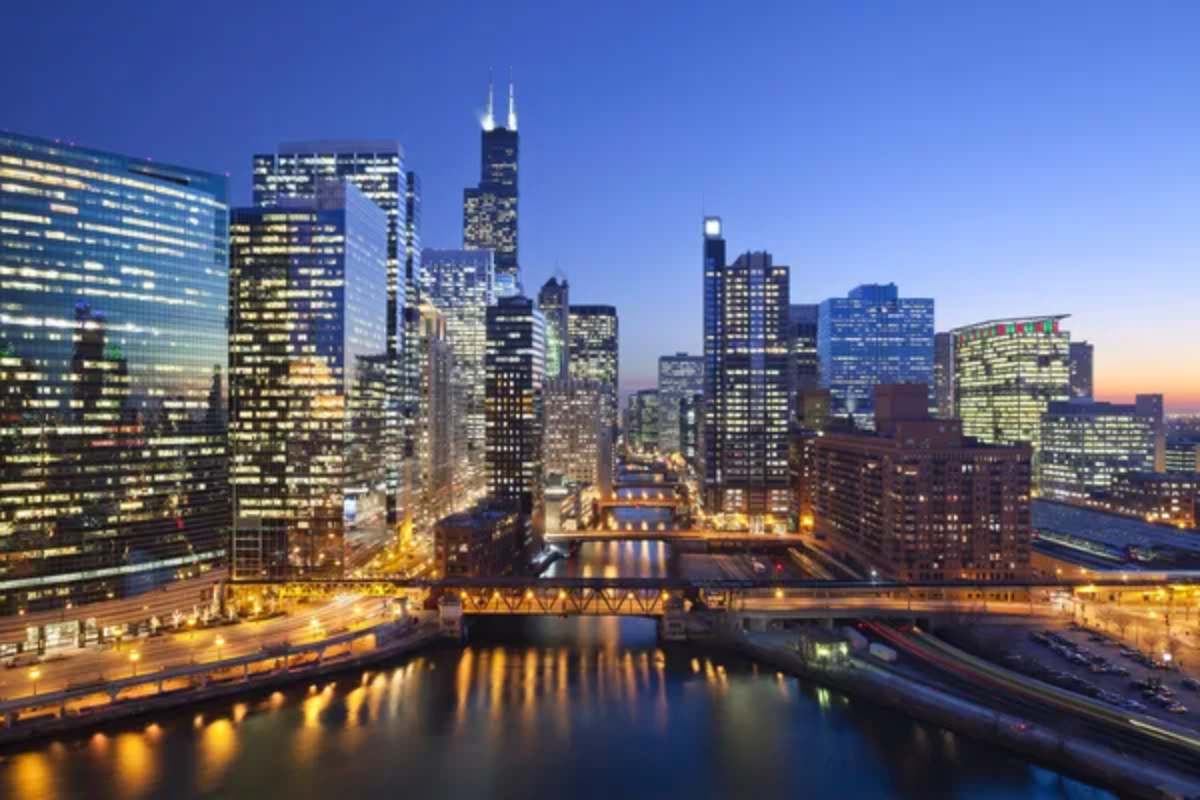
This engineering marvel flows backward—redirected in 1900 to prevent sewage from contaminating Lake Michigan—and offers paddlers a canyon-like experience between the skyscrapers of downtown Chicago. The annual dyeing of the river bright green for St. Patrick’s Day creates a particularly surreal paddling experience, though you’ll need to navigate around tour boats during this popular time.
Numerous outfitters offer rentals and tours, with the most dramatic section running through downtown, where buildings seemingly rise directly from the water’s edge.
Thames River
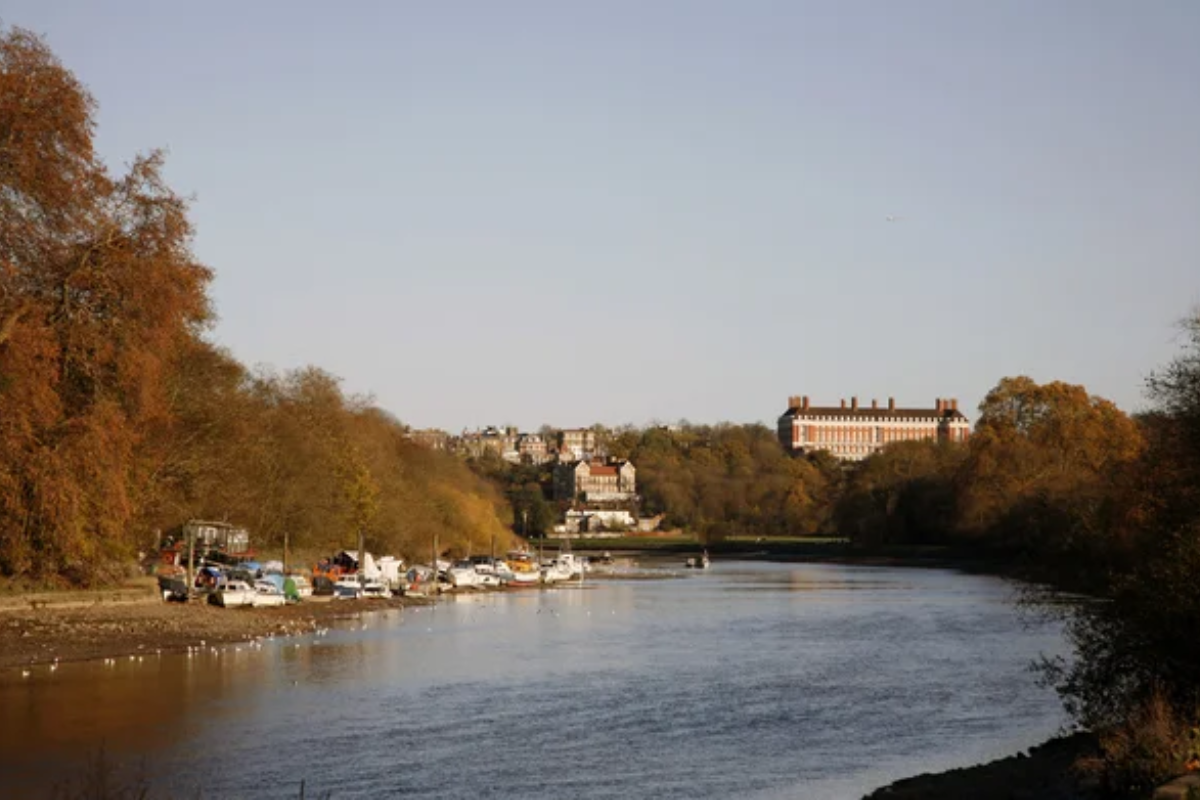
London’s historic waterway provides kayakers with floating views of Parliament, the London Eye, Tower Bridge, and countless other landmarks along its tidal course. The river’s significant tidal range—over 20 feet during spring tides—creates challenging currents requiring proper planning and preferably guided trips for those unfamiliar with the waterway.
Evening paddles offer some of the most magical experiences, as the city lights reflect off the water and illuminate landmarks from Westminster to Canary Wharf.
Like Travel Pug’s content? Follow us on MSN.
Seine River
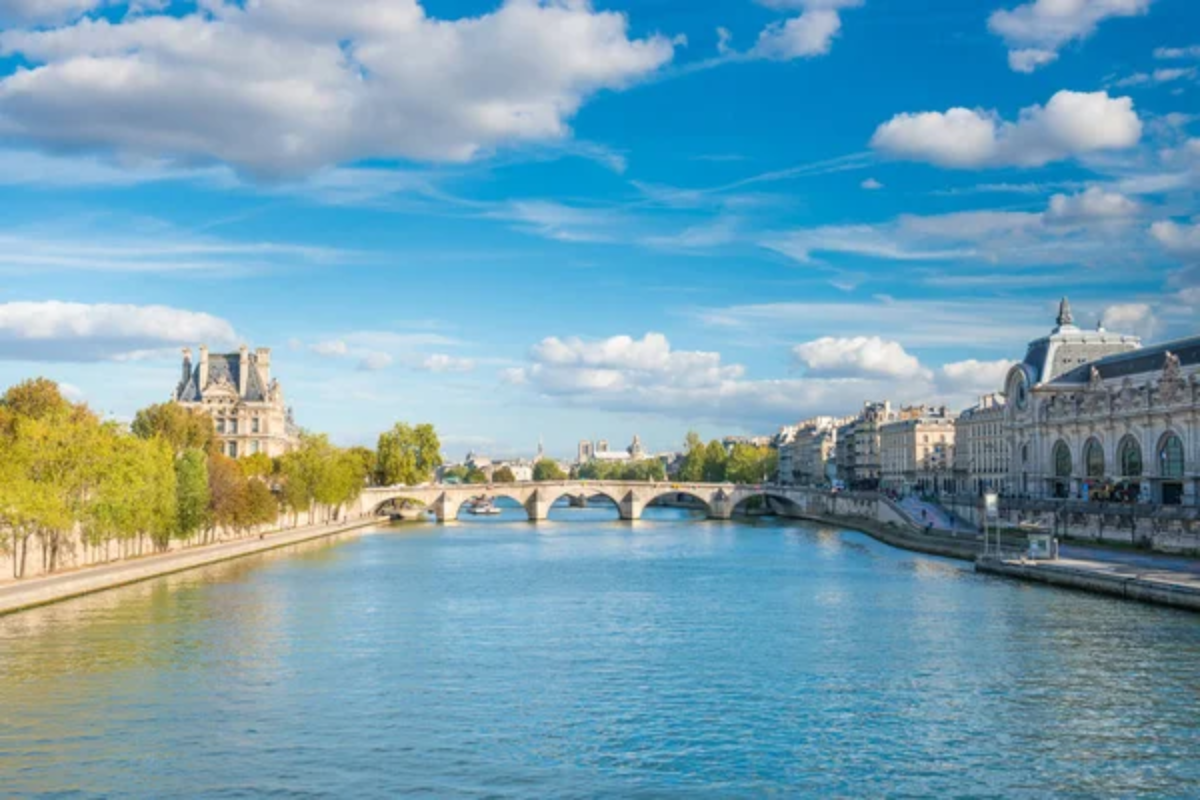
Paddling through the heart of Paris offers unique perspectives on iconic landmarks like Notre Dame Cathedral, the Louvre, and the Eiffel Tower without the crowds that typically surround them on land. Early morning provides the calmest water and fewest tour boats to contend with, creating tranquil moments that contrast dramatically with the bustling city mere yards away.
Several companies now offer guided sunset tours that culminate with paddlers floating directly beneath the Eiffel Tower as its lights begin twinkling—a quintessentially Parisian experience from an unusual vantage point.
Yarra River
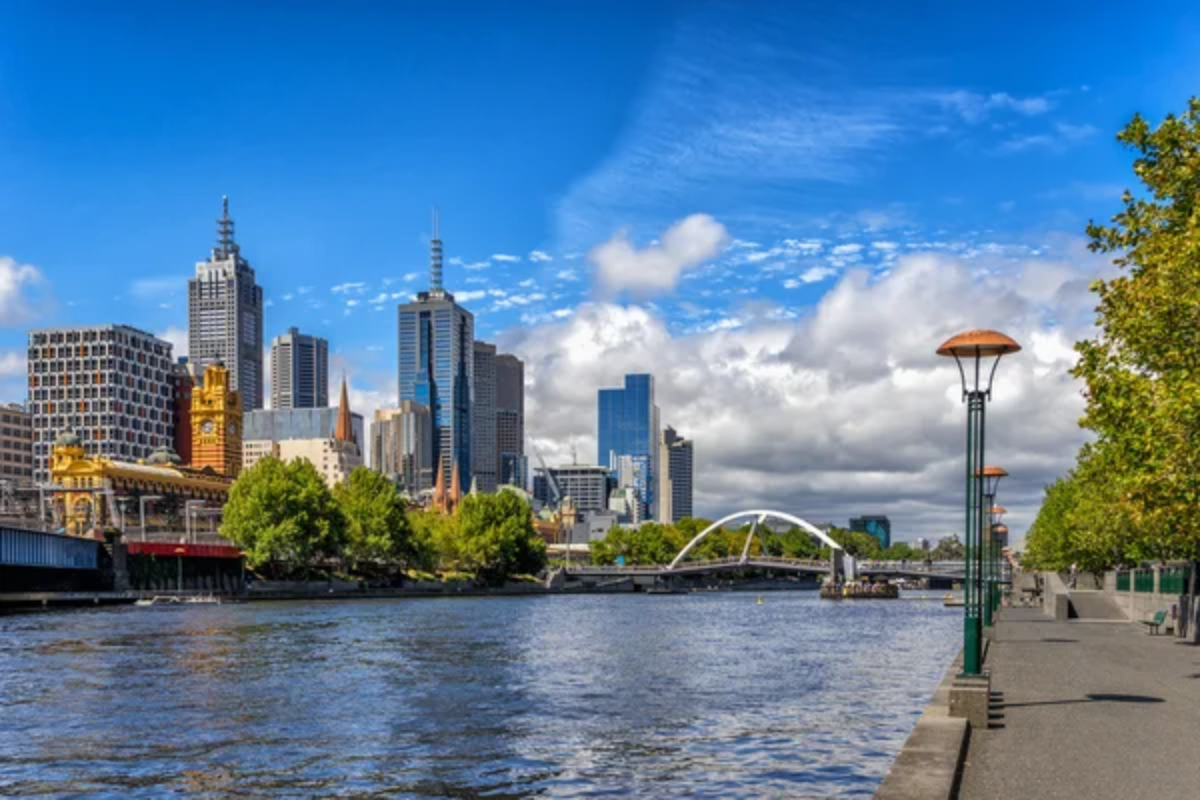
Melbourne’s central waterway meanders through Australia’s cultural capital, passing botanical gardens, sports complexes, and the stunning downtown skyline. Paddlers can choose between upstream routes through quieter residential areas or downtown excursions passing under numerous architecturally distinct bridges connecting the city’s north and south banks.
Moonlight kayak tours have become particularly popular, offering views of the illuminated skyline reflecting off the water while fruit bats fly overhead on their nightly foraging expeditions.
Potomac River
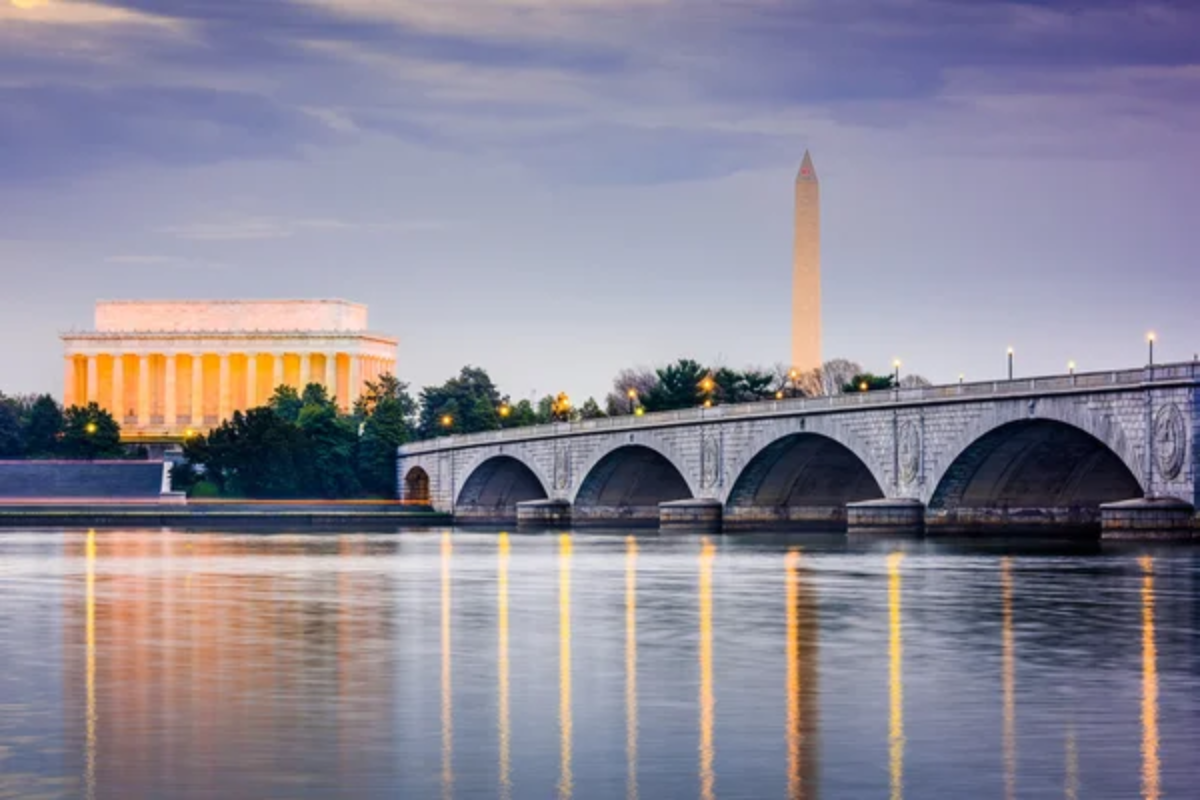
Washington D.C.’s main waterway offers paddlers views of the Lincoln Memorial, Kennedy Center, Washington Monument, and other iconic structures from perspectives rarely seen by land-bound tourists. The Georgetown section provides an accessible starting point with several outfitters offering rentals and tours suitable for beginners.
During cherry blossom season, paddling near the Tidal Basin creates opportunities for stunning photos combining pink blossoms, iconic memorials, and water reflections in a uniquely American tableau.
Like Travel Pug’s content? Follow us on MSN.
Spree River
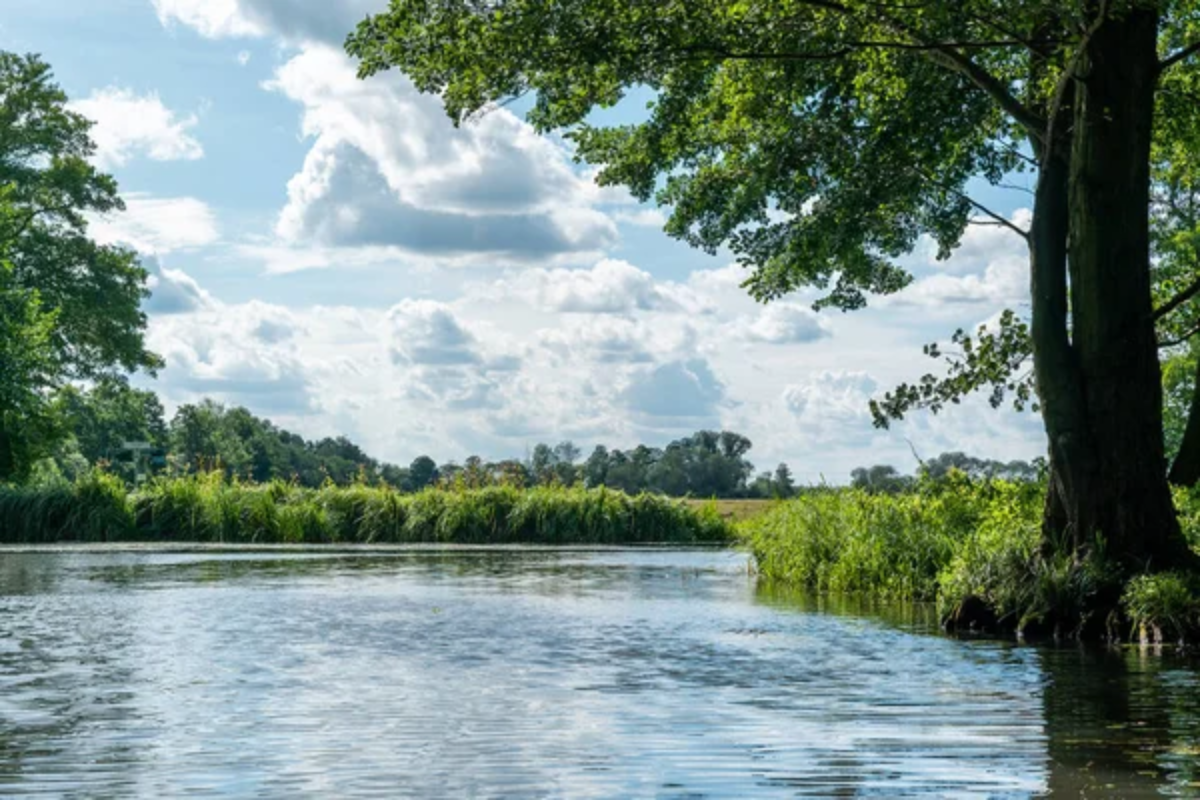
Berlin’s central waterway reveals the city’s complex history, passing pre-war buildings, Soviet-era structures, and ultra-modern architecture that collectively tell the story of Germany’s capital. The river divides and reconnects via canals throughout the city, creating numerous possible routes for urban paddlers to explore.
Museum Island—a UNESCO World Heritage site housing five world-class museums—can be circumnavigated via kayak, offering 360-degree views of these cultural treasures from the surrounding water.
Charles River

Boston’s famous waterway forms the boundary between Boston and Cambridge, offering paddlers views of two distinct urban environments from one continuously changing vantage point. The river widens into a basin beside downtown, creating a relatively protected paddling environment with stunning skyline views and the bonus of watching collegiate rowing teams practice their precision movements.
Fourth of July paddling has become something of a tradition for watching the Boston Pops concert and fireworks display, though this requires advanced reservation through local outfitters.
Brisbane River
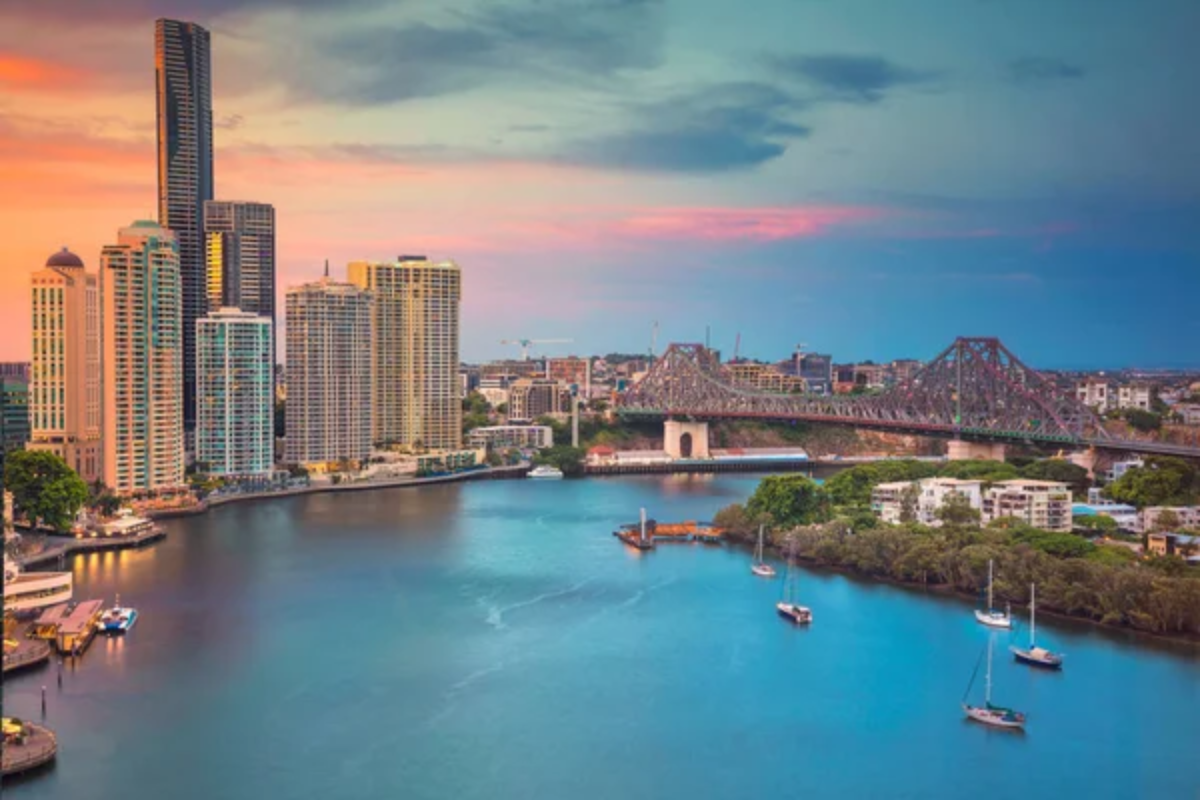
This Australian waterway winds through Queensland’s capital city in dramatic S-curves that create constantly changing urban vistas for paddlers. The river’s brown color comes from natural sediment rather than pollution—an important distinction as water quality has improved dramatically in recent decades.
Story Bridge, the city’s most recognizable structure, offers a destination goal for many paddlers, with the adjacent cliffs at Kangaroo Point providing dramatic backdrops for photographs capturing both natural and built environments.
Like Travel Pug’s content? Follow us on MSN.
Vltava River
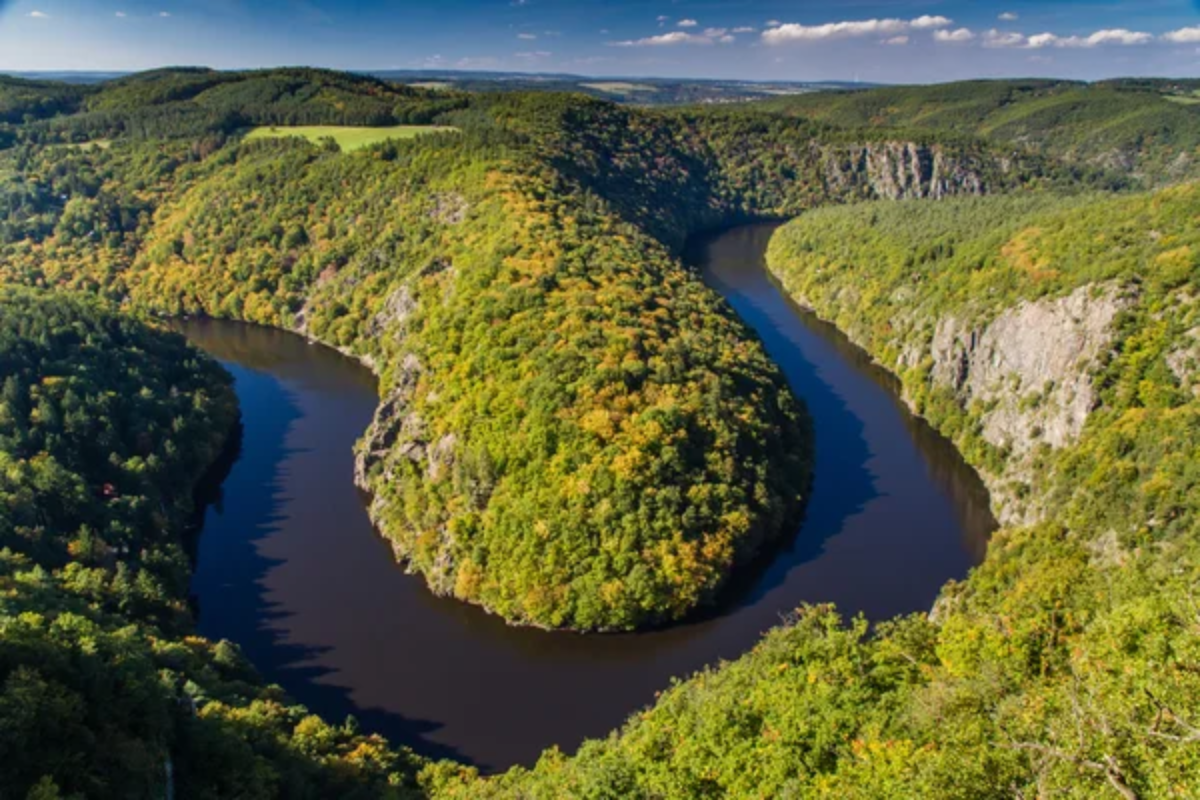
Prague’s central waterway flows beneath Charles Bridge and past the imposing Prague Castle, offering paddlers postcard-worthy views from the water level. The river moves at a gentle pace through the historic center, making it accessible even for novice kayakers wanting to experience the “City of a Hundred Spires” from this unique perspective.
Evening paddles prove particularly magical when the castle and old town are illuminated, creating golden reflections on the water that have inspired poets and painters for centuries.
Milwaukee River
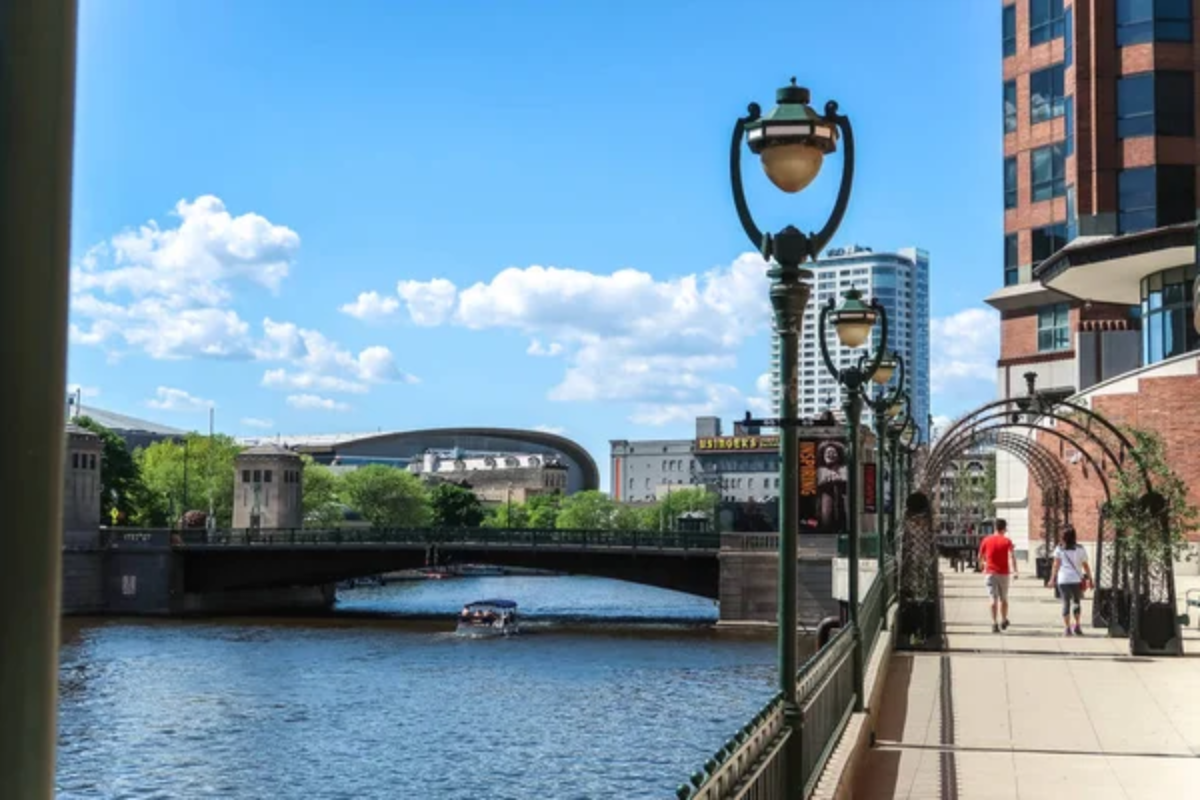
This Midwestern waterway underwent a remarkable transformation from an industrial channel to a recreational asset, now flowing through revitalized neighborhoods with riverside dining, breweries, and public art installations. The RiverWalk system extends for miles along the banks, creating interesting people-watching opportunities for paddlers observing urban life from their floating vantage point.
The river connects with Lake Michigan via a harbor area, allowing adventurous kayakers to transition from the urban canyon to the Great Lakes, paddling in a single outing—a freshwater journey spanning built and natural environments.
Chao Phraya River
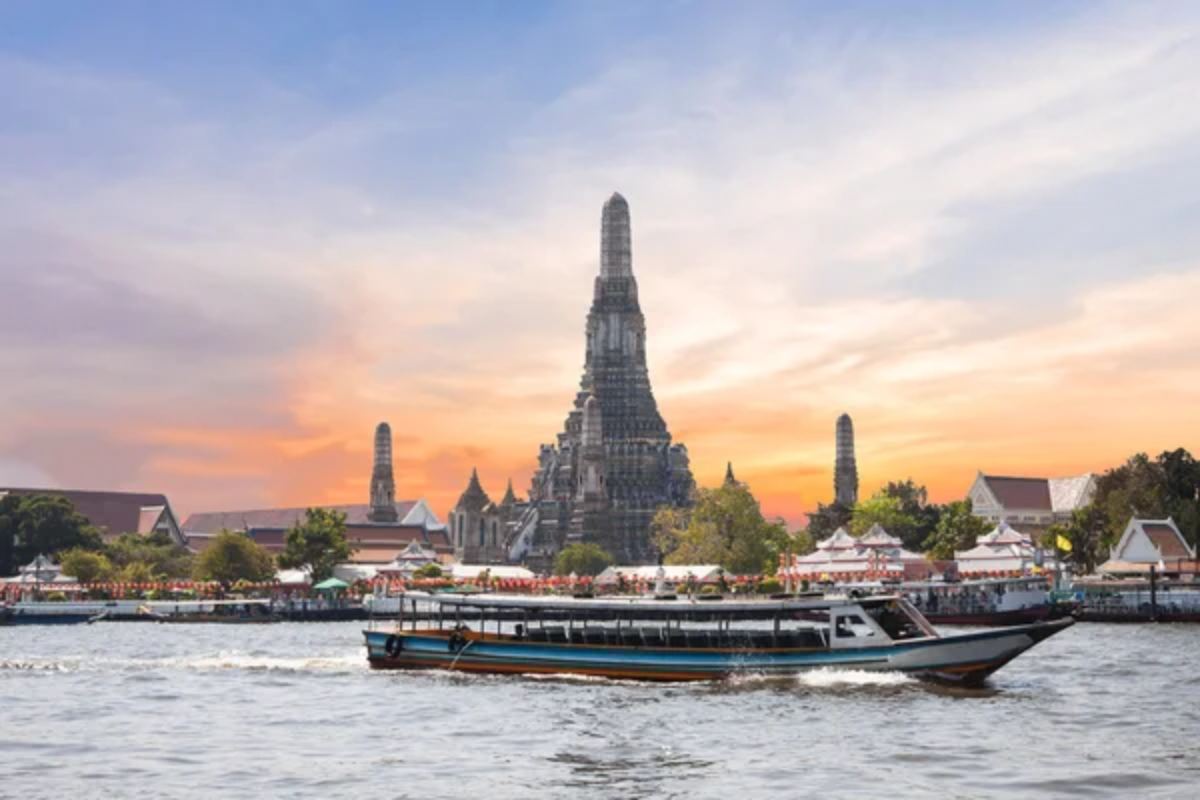
Bangkok’s aquatic main street carries everything from tiny longtail boats to massive rice barges through Thailand’s capital, creating a dynamic environment where kayakers can witness traditional river life continuing amid modern development. Early morning paddling provides the calmest water and the best light for photographing the ornate temples and royal palaces that line sections of the shore.
Side trips into the remaining canals (klongs) offer glimpses into traditional Thai riverside living, which is rapidly disappearing as the city modernizes—making now the perfect time to experience this transitioning cultural landscape.
Like Travel Pug’s content? Follow us on MSN.
Moscow River

Russia’s capital reveals itself dramatically to paddlers on this waterway, passing the Kremlin walls, onion-domed churches, and imposing Soviet-era buildings. The massive, ornate riverside building of Moscow State University provides one of many architectural highlights along a paddling route that spans centuries of Russian history.
Winter paddling remains possible for the adventurous, as parts of the river remain unfrozen due to current and thermal discharges, creating the unusual experience of kayaking past snow-covered embankments and ice-rimmed shores.
Cuyahoga River
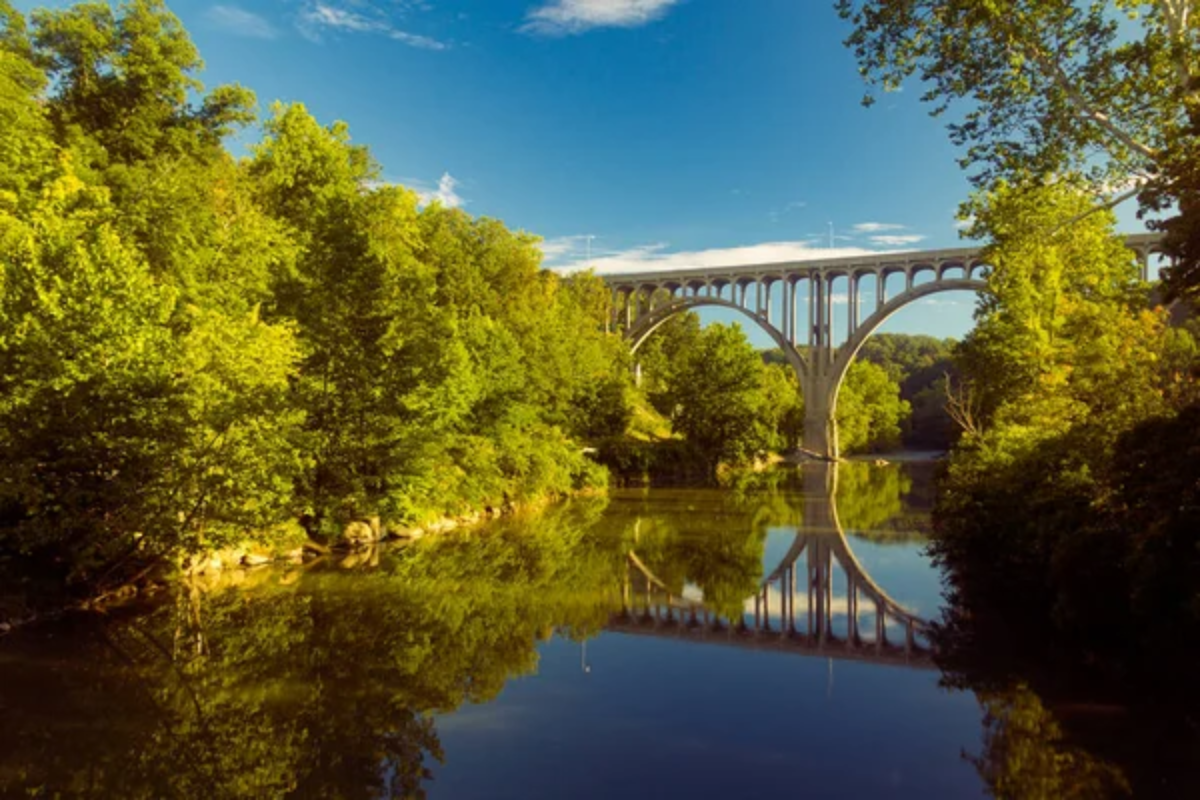
Once so polluted it famously caught fire in 1969, Cleveland’s river now symbolizes urban environmental comeback—clean enough for recreational paddling through the city’s revitalized Flats district. Massive freighters still navigate the shipping channel, creating momentary challenges for kayakers who must give these vessels a wide berth while enjoying the striking juxtaposition of recreational and industrial uses coexisting on one waterway.
Paddling beneath the numerous bridges connecting the east and west sides of the city provides constantly changing, framed views of the downtown skyline and industrial landscape.
Urban Waters Reimagined
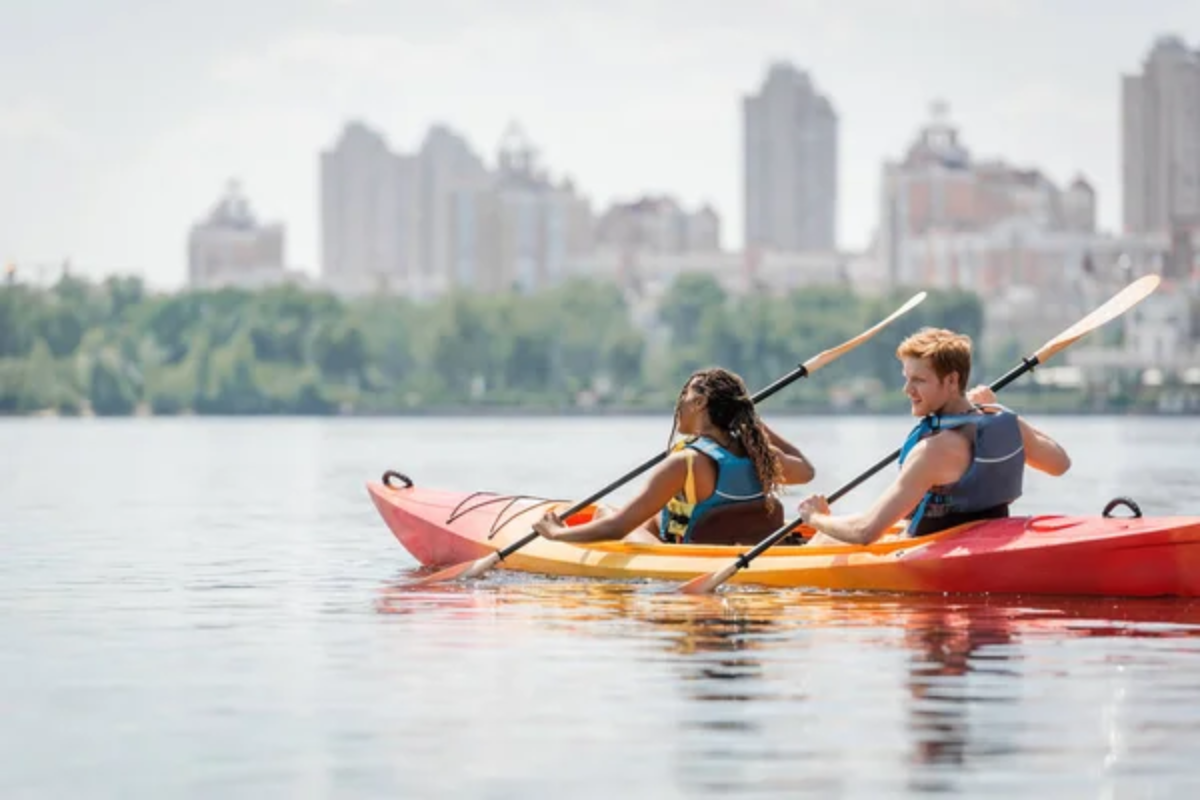
These thirteen rivers represent a global shift in how cities relate to their waterways—transforming them from overlooked infrastructure into centerpieces of urban life and recreation. Experiencing these cities by kayak reveals perspectives impossible to gain on land: the sensation of floating beneath towering architecture, watching city life unfold along riverbanks and discovering quiet pockets of nature persisting amid urban development.
The ability to paddle through major cities speaks to improved water quality and changing attitudes about urban waterways worldwide. Rivers once treated as convenient industrial canals or open sewers now host recreational paddlers alongside commercial traffic—physical proof of environmental progress and shifting values about what makes cities livable.
For travelers seeking unique urban experiences, these rivers offer adventures where industrial history, architectural wonders, and natural elements converge into unforgettable journeys through the heart of great cities.
Like Travel Pug’s content? Follow us on MSN.
More from Travel Pug

- Cities Growing so Fast You Won’t Recognize Them in 10 Years
- 13 Destinations Where Tourists Regularly Regret Their Trip
- 16 U.S. Cities That Are Quietly Becoming Travel Hotspots
- Where to Travel If You Love Long Bus Rides and Daydreams
- 20 Cities Perfect for Solo Travelers Who Crave Adventure & Culture
Like Travel Pug’s content? Follow us on MSN.
